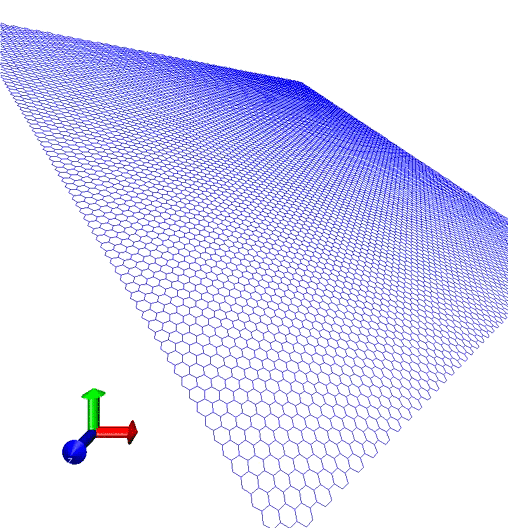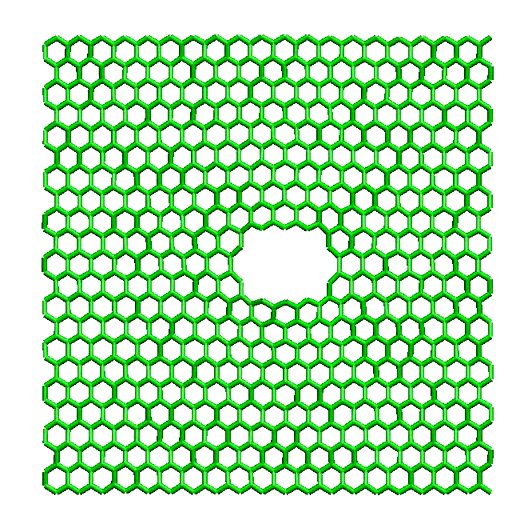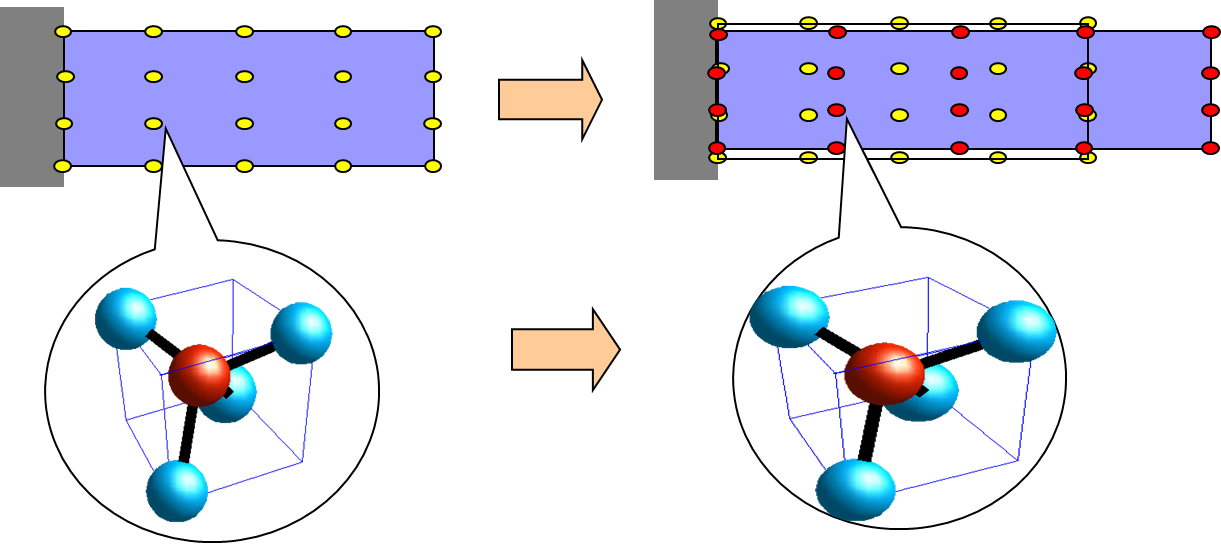|
Huijuan Zhao Ph.D Associate Professor |
 |
|
|
Computational Mechanics and Materials Lab
Design and optimization of bi-material coil sensor for energy efficient building control
(B) Deflection control with geometrical designto the passive layer (bottom layer). Giving the capability of additive manufacturing, this project will focus on the design, 3D printing based sensor fabrication, material optimization, interrogation electronics, validation and demonstration of the novel sensor nodes for building applications. The main objective is to develop, demonstrate and pre-commercialize a novel, plug & play, battery-free, low-cost, multi-parameter, wireless sensor technology for indoor and outdoor temperature and humidity measurement for energy efficient building controls and operations. Teamed with multi-institutions, our group will be focusing on design and optimization of bi-material coil sensor for better sensitivity by considering the material nonlinearity, geometry nonlinearity, and material/structure design through finite element modeling. Theoretical Understanding of Nanostructure Ferretic Alloy
Right: Prediction of nanocluster size with respect to the oxygen concentration. The rapidly growing demand for renewable energy requires the development of high performance materials with extraordinary properties that are sustained under long-term services as first wall and blankets in fusion energy systems. 14YWT is a recently developed nanostructure ferretic alloy (a type of advanced oxide dispersion strengthened alloy) through mechanical alloying. It has been proved to have high strength, low creeping rate, high temperature stability and radiation self-healing abilities. Under irradiation conditions, the helium bubbles are uniformly distributed within the 14YWT matrix with an average size of 1nm without forming large voids to cause the embrittleness of the material. The excellent material property enhancement is greatly related with the ultrafine high density nanoparticles embedded within the iron matrix in 14YWT, including the 2-4 nm diameter Y-Ti-O enriched nanoclusters and 5-20nm diameter TiN/TiC based nano-precipitants. These nanoclusters maintain remarkable stability up to 0.92 of the melting temperature and under irradiation conditions, playing an important role in strength enhancement, irradiation resistance enhanchement and etc. Based on the first principles theory calculations, we
investigate the formation and stability of Y-Ti-O enriched nanoclsuters within 14YWT, the formation and growth criteria of helium clusters near the Y-Ti-O enriched nanoclusters and the TiN/TiC based nanoprecipitants. With the access to the Advanced Phonon Source beamline at Argonne National Laboratory, we perform the in situ high energy synchrotron X-ray diffraction tests to investigate the role of nanoclusters to the strength enhancement of 14YWT. Exploration of Two Dimensional Nano-Materials
Nano-Electro-Mechanical-System (NEMS) devices have been broadly used in many areas such as medical applications, communications, and aerospace engineering, etc. For NEMS designs and optimizations, it is imperative to provide the fundamental understanding of nano-material properties under various conditions. Recently the two dimensional nano-materials became the focus of interest due to their outstanding material properties, such as graphene, silicene, molybdenum disulfied, and etc. We adopt Molecular Dynamics modelings and first principles theory caluclations to investigate the material bahavior (mechanical, thermal and electrical properties) of these two dimensional materials with the external envirmental effects, such as loading, temperature, doping, and other external effects. The objective is to seek advanced applications of these two dimensional materials to fully adapting their extraordinary material properties. Modeling and Computational Analysis of MEMS/NEMS
Multi-scale modeling is a highly interdisciplinary technique to systematically simulate the multi-scale, multi-physics problems in an accurate and efficient way. We have developed the quasi-continuum multi-scale framework to finite temperature condition with the reciprocal space quasi-harmonic (QHMK) modeling. By investigating the thermal and mechanical properties of silicon, this model is proved to be one of the most accurate and efficient multi-scale models developed for finite temperature condition. It saves 97% of the simulation time when comparing with the traditional real space quasi-harmonic model. We have further improved the QHMK model with a semi-local quasi-harmonic (QHMG) model to fully account for the size and surface effects of silicon nano-structures with the necessary accuracy and efficiency. Sponsors
|







 Schematic of quasi-continum modeling
Schematic of quasi-continum modeling